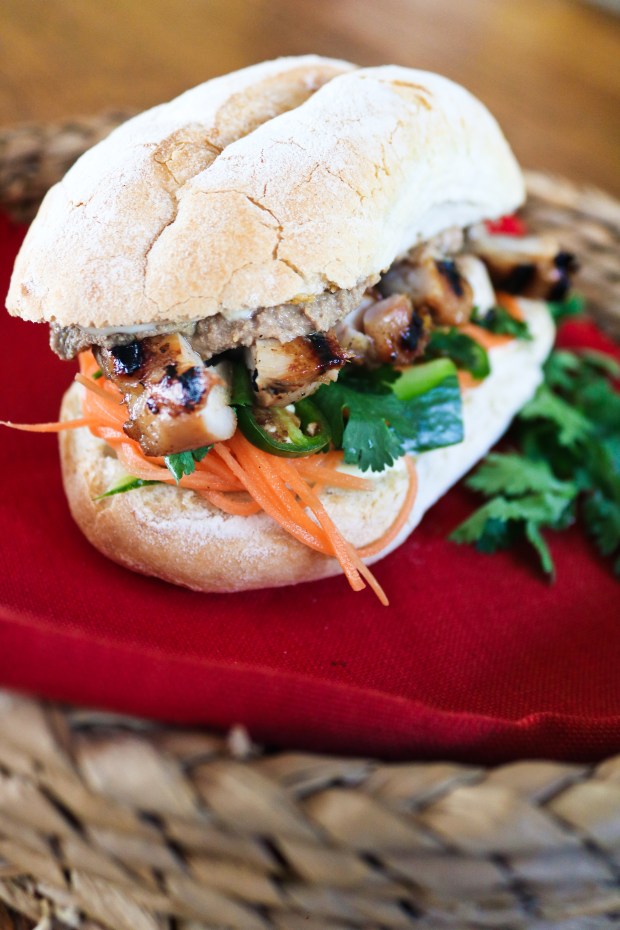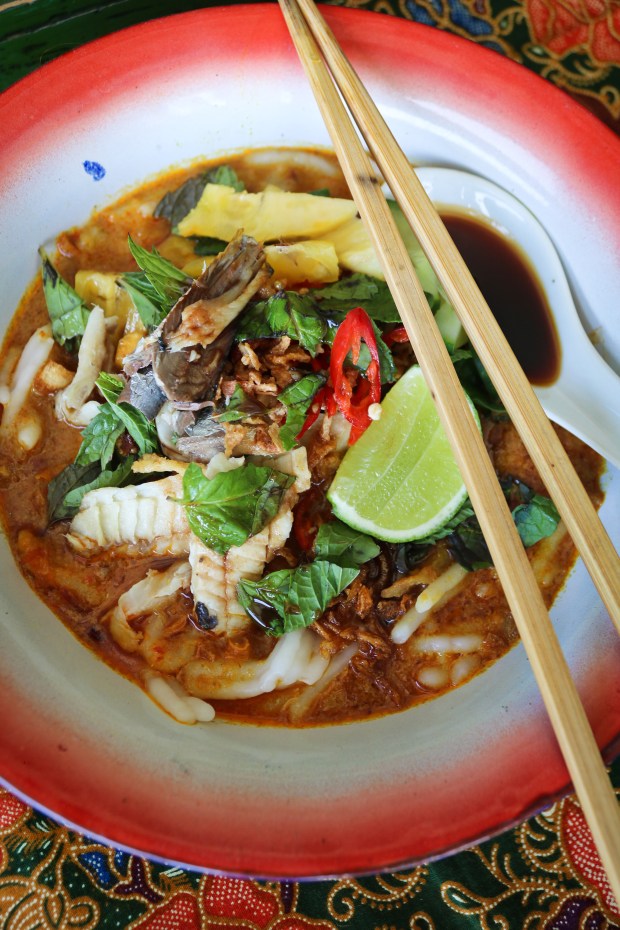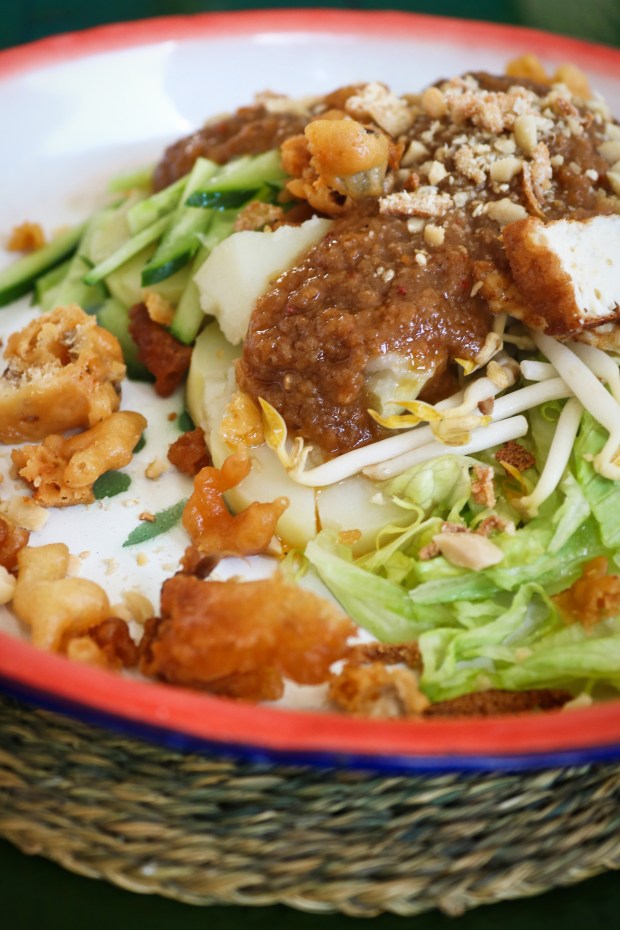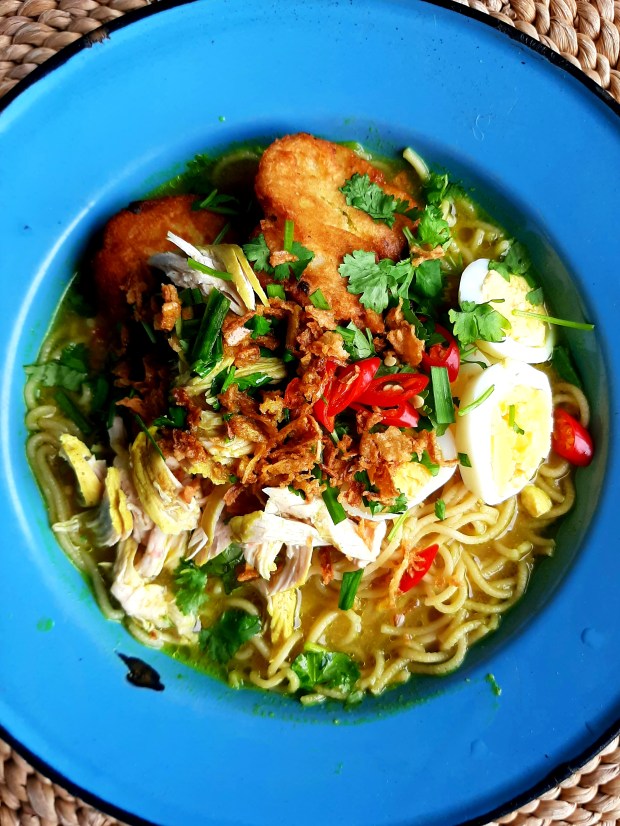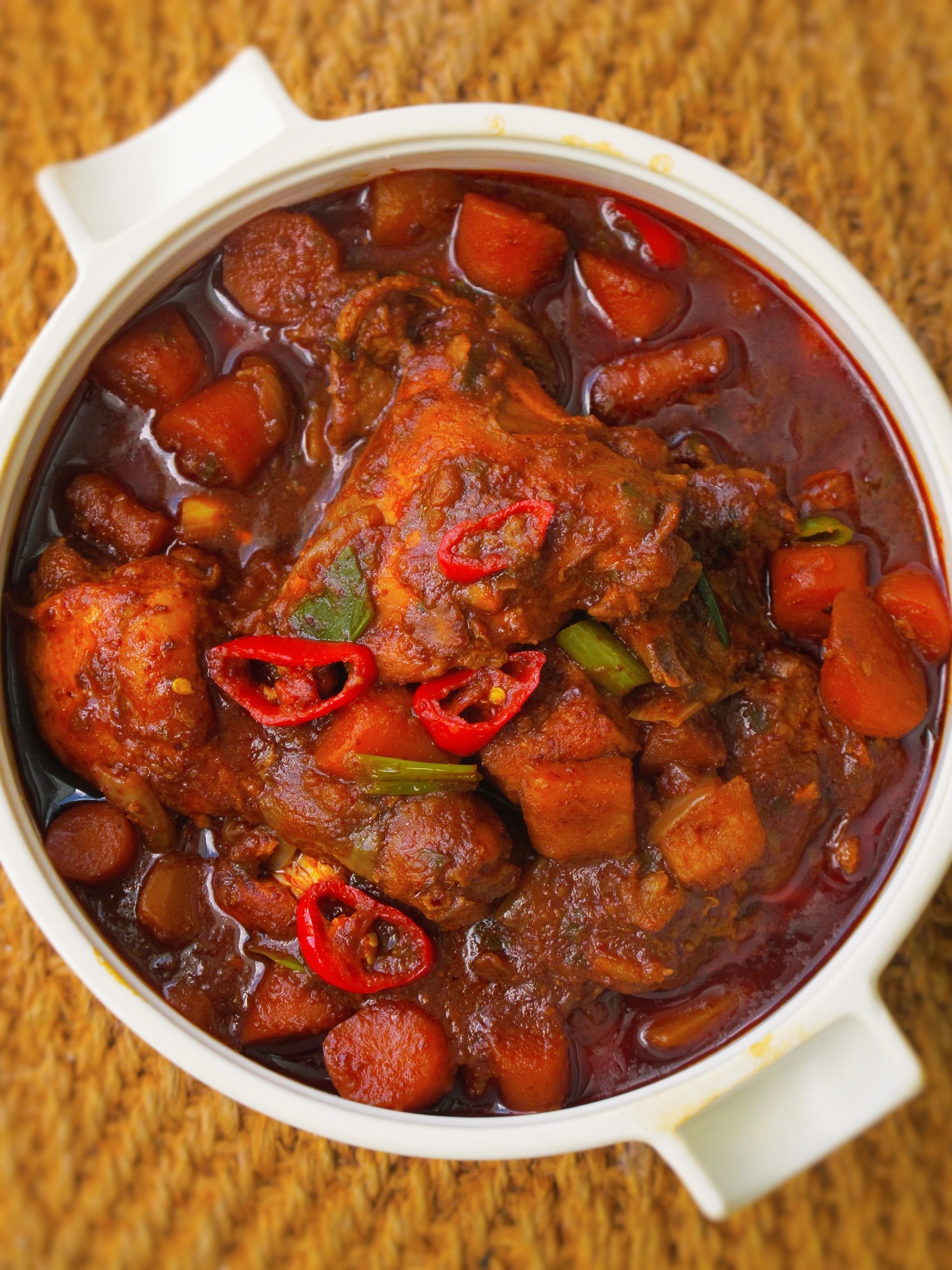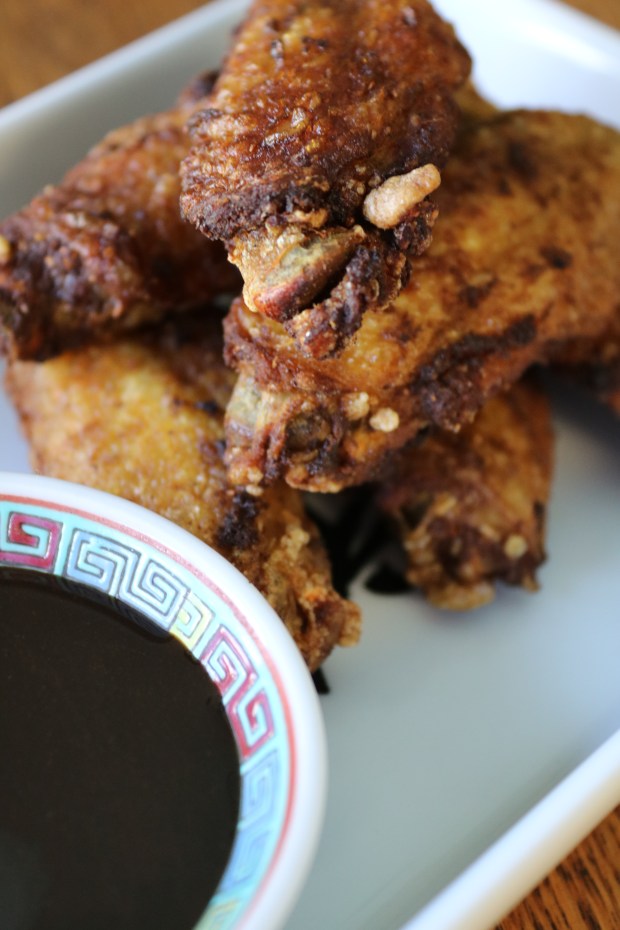Ingredients:
400g chicken boned thighs, cut into medium strips
1 garlic clove, finely chopped
½ – 1 cup water
2 tsp cornflour mixed with 1/4 cup water
1 tsp sesame oil
1 spring onion, finely chopped
1 TBSP toasted sesame seeds, crushed
Lettuce
Chicken Marinate:
1 tsp light soya sauce
Pinch of salt
Pinch white pepper
2 TBSP potato starch (or cornflour)
2 tsp cooking oil
Plum Sauce:
500g ripe plums, stoned and halved
½ red onion, finely chopped
1 TBSP fresh ginger, finely grated
½ cup brown sugar
½ cup white rice vinegar (or white spirit vinegar)
¼ cup water
1 tsp dark soya sauce
2 tsp five spice powder
½ tsp dried chilli flakes
1 tsp salt
Method:
- Combine all the sauce ingredients in a large saucepan and bring to a boil, then reduce to a rapid simmer and cook until the plums collapse when prodded with a spoon (approx. 20 mins). Using a hand blender, pulse until the sauce smooth.
- Whilst the sauce is cooking marinate the chicken. Season the chicken strips in the soya sauce, salt and pepper. Sprinkle over the potato starch and coat the meat. Finally add the cooking oil.
- To a stable wok, add enough cooking oil to shallow fry the chicken in batches until crispy. Once all the meat is cooked, return the crispy chicken to the hot oil, and briefly fry for a second time. Drain the chicken and set aside.
- Place a wok on a medium flame, then add a splash of oil followed by the chopped garlic. Sauté till fragrant then add the prepared plum sauce. Bring to a boil and add between ½ and 1 cup of water. Return to a boil and add the cornflour slurry. Continue cooking till the sauce is thick and glossy. Add the sesame seed oil.
- Arrange the lettuce on a platter and heap the chicken in the middle. Pour over the sauce then garnish with spring onions and crushed sesame seeds.
- Serve immediately.

